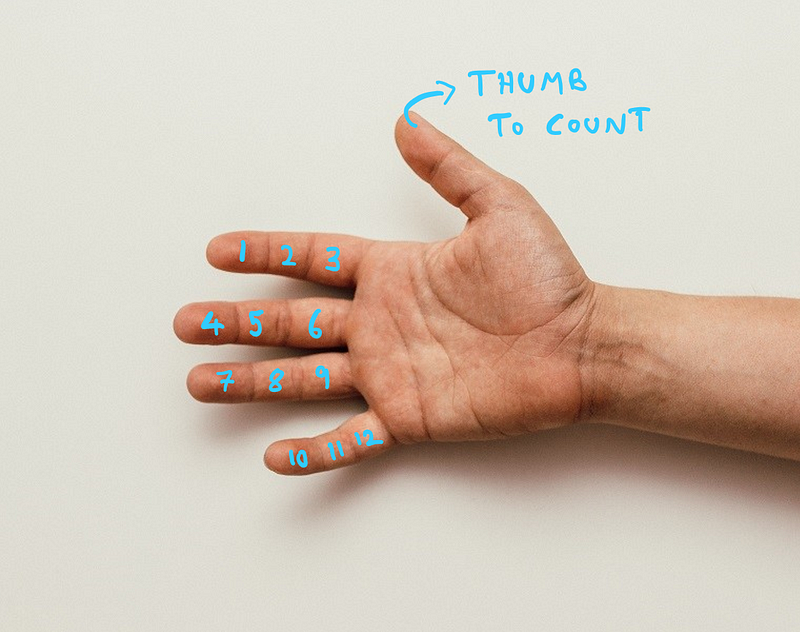Exploring the Mysteries of the 12-Hour Clock System
Written on
Chapter 1: The Puzzle of the 12-Hour Clock
The 12-hour clock system is a familiar part of our everyday routines, yet it often leads to confusion. As children, we struggled to grasp this concept—have we simply overlooked its complexities as we've matured? Consider the last time you found yourself puzzled over whether it was 12:00 noon or midnight. A recent anecdote from my parents illustrates this confusion: they arrived 12 hours late for a train, mistakenly believing a ticket for 02:00 was for the afternoon rather than the early morning. This mishap highlights a common issue stemming from the lack of clarity in distinguishing between a.m. and p.m. Wouldn't it be simpler to adopt a 24-hour clock format, running from 00:00 to 24:00? These questions linger in my mind, prompting a brief exploration into the 12-hour clock system.

The Historical Roots
The origins of the 12-hour clock can be traced back to ancient civilizations, including Mesopotamia and Egypt. These cultures divided the day into two cycles: one marked by the sun's movement and another by the moon and stars. This division likely contributed to the establishment of a.m. and p.m. For example, the Egyptians utilized a 12-hour clock in both sundials and water clocks for tracking time after sunset. Today, the 12-hour clock remains prevalent in numerous countries, such as the United States, Canada, Australia, and the United Kingdom.
Section 1.1: Why Twelve?
You might wonder why the number 12 was chosen for this system. It seems arbitrary, but there are several reasons for its selection. A year comprises 12 lunar cycles, a fact that ancient cultures recognized. Furthermore, civilizations like Mesopotamia employed a base-12 counting system, using the 12 segments of their hands for counting. This made it easy to perform calculations involving halves, thirds, and quarters without resorting to fractions. Thus, the choice of 12 is supported by both practicality and historical precedent.

Section 1.2: The Endurance of the 12-Hour Clock
Despite the numerous advantages the 12-hour clock offers, it is evident that a 24-hour clock would reduce confusion. However, deeply ingrained systems are difficult to change, often due to network effects. The widespread adoption of the 12-hour clock can be likened to the persistence of the QWERTY keyboard layout, which was designed not for efficiency but to prevent mechanical jams in early typewriters. Even as technology evolves, the 12-hour clock remains entrenched due to its historical significance and the systems built around it.
Chapter 2: Understanding the 12-Hour System Today
In the video "Why use a 24 hour clock?!", the importance of a clear timekeeping system is discussed, highlighting the advantages of adopting a 24-hour format.
The second video, "Telling the Time, Reading a 12 Hour Clock: Teach, Together, Try," provides insights into effectively reading the 12-hour clock, aiding in understanding its usage.
In conclusion, while the 12-hour clock system may not be the most efficient, it remains a significant part of our timekeeping practices. Understanding its limitations can help us navigate the complexities it presents in our daily lives. If you found this exploration intriguing, consider supporting my work by clapping, following, and subscribing.
For further reading, you may be interested in: "Why Does Temperature Have No Upper Limit?" and "What Really Happens To Your Knees When You Gain 1 Kg?"